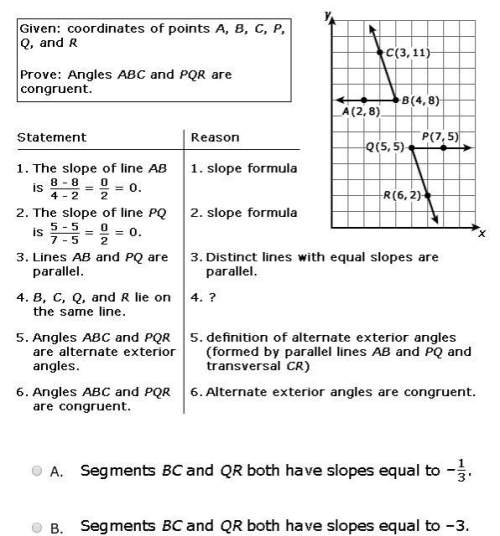
Mathematics, 18.12.2019 05:31 WendigoMeow
Many investors and financial analysts believe the dow jones industrial average (djia) provides a good barometer of the overall stock market. on january 31, 2006, 9 of the 30 stocks making up the djia increased in price (the wall street journal, february 1, 2006). on the basis of this fact, a financial analyst claims we can assume that 30% of the stocks traded on the new york stock exchange (nyse) went up the same day.
1. formulate null and alternative hypotheses to test the analyst's claim.
h0: p
ha: p
2. a sample of 50 stocks traded on the nyse that day showed that 24 went up. what is your point estimate of the population proportion of stocks that went up (to 2 decimals)?
3. conduct your hypothesis test using = .01 as the level of significance.
calculate the value of the test statistic (to 2 decimals).
what is the p-value (to 4 decimals)?
can you conclude that the proportion of stocks going up is not .30?

Answers: 2


Another question on Mathematics



Mathematics, 21.06.2019 22:00
Find the value of x in each case. give reasons to justify your solutions! d q ∈ pr
Answers: 3

Mathematics, 21.06.2019 22:10
Which property was used to simplify the expression? 3c+9 +4c=3c+4c+9
Answers: 3
You know the right answer?
Many investors and financial analysts believe the dow jones industrial average (djia) provides a goo...
Questions







Computers and Technology, 30.07.2019 22:50

Geography, 30.07.2019 22:50


Biology, 30.07.2019 22:50




Mathematics, 30.07.2019 22:50


English, 30.07.2019 22:50



History, 30.07.2019 22:50

Mathematics, 30.07.2019 22:50




